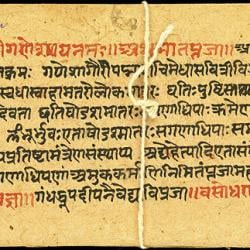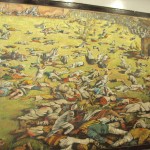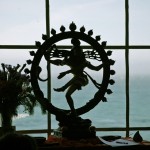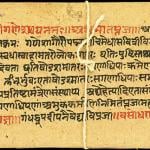 I was looking up some books on the philosophical side of Quantum by the “Masters” themselves! And I came across the “Encounters with Einstein” by Heisenberg. There were two comments that are worth putting down here for my readers.. as they tell a lot.
I was looking up some books on the philosophical side of Quantum by the “Masters” themselves! And I came across the “Encounters with Einstein” by Heisenberg. There were two comments that are worth putting down here for my readers.. as they tell a lot.
The first one (by Michael Wischmeyer) discusses the worry and skepticism of that famous scientist, Heisenberg and also gives some good suggestions for further readings!
These essays were first published by Seabury Press in 1983 under the title Tradition in Science. A new edition, titled Encounters with Einstein And Other Essays on People, Places, and Particles, was published in 1989 by Princeton University Press.
Throughout his life Werner Heisenberg shared his enthusiasm for physics and philosophy, frequently giving presentations to general audiences. Several essays address the history of quantum physics. Others are more technical and include topics like cosmic radiation, particle physics, and closed-theories in physics. All essays are well-crafted and should be accessible to a wide audience.
Heisenberg only met Einstein on a few occasions. The title essay, Encounters with Einstein, describes these encounters, including a final meeting at Princeton a few months before Einstein’s death. While he admitted that he had never discussed politics with Einstein, Heisenberg did comment on Einstein’s pacifism. Heisenberg does not discuss his own beliefs, nor his role in WWII Germany.
At several points in this collection Heisenberg expresses his concerns with the theoretical direction that particle physics was taking in the early 1970s. In his essay “What is an Elementary Particle?”, he expresses his doubts regarding quark theory. It was interesting to see Heisenberg in one essay lamenting Einstein’s reluctance to accept quantum theory while elsewhere he himself was having difficulty with quark theory.
I highly recommend these essays for any reader wishing to become more acquainted with Heisenberg. Also, as a follow-up I suggest reading Philosophical Problems of Quantum Physics, a collection of Heisenberg’s lectures that span 1932-1948.
The more persistent reader might be interested in Physics and Philosophy: The Revolution in Modern Science. This work by Heisenberg is more philosophical and requires careful reading. This volume benefits from a lengthy and scholarly overview by F. S. C. Northrop, Sterling Professor of Philosophy and Law, Yale University.
The second one (by Charles Ashbacher) describes the “double standards” of Heisenberg as he was instrumental in the Nazi’s atomic bomb – great read:
This book reminds me a great deal of, “A Mathematician’s Apology” by Hardy. Like Hardy, Heisenberg is in his last years, and knows that his productive ones are behind him. Therefore, he puts forward a series of essays and lectures that are a retrospective of his activity in physics as well as some philosophical thoughts concerning where he believes it is going.
Heisenberg was a Nobel prize winner and the first enunciator of the uncertainty principle that bears his name. For these reasons, his thoughts on some of the consequences of the principle are well worth reading. However, Heisenberg is also known for other, more dark reasons. He was the director of the German atomic projects in World War II and seemed to have little difficulty in working under the Nazi tyranny while many of his colleagues were hounded and executed. He also proved to be an effective survivor, becoming the head of the Max Planck Institute of Physics in West Germany after the war.
This involvement with the Nazis makes the chapter “Encounters and Conversations with Albert Einstein” fascinating reading. From it, you would not know about his record of collaboration with the regime that tried to exterminate Einstein and his ideas. One must read that chapter very carefully and do a great deal of reading between the lines to really understand what is being said. The fact that Einstein was willing to meet with Heisenberg after the war tells a lot more about Einstein that it does about Heisenberg.
This book is interesting as much for what is not said as it is for what is said. This was an opportunity for Heisenberg to say something about his involvement in some very bad things as well as to put forward thoughts about physics. The first was missed and the second was a hit. If you are interested in some thoughts about how physics has evolved this century from one of best practitioners, then this is a book that will interest you.














